Pakistan is rapidly emerging as one of the most exciting travel destinations in Asia. In 2026, its diverse landscapes—from the bustling bazaars of Lahore to the towering peaks of the Karakoram—are drawing more international visitors than ever. Whether you’re here to explore ancient heritage, enjoy vibrant cities, or embark on adventurous treks, being well-prepared ensures a smooth and memorable trip.
This advisory provides the latest updates for 2026, covering entry requirements, safety, cultural etiquette, transport, and practical tips every international traveler should know before visiting Pakistan.
Why Visit Pakistan in 2026?
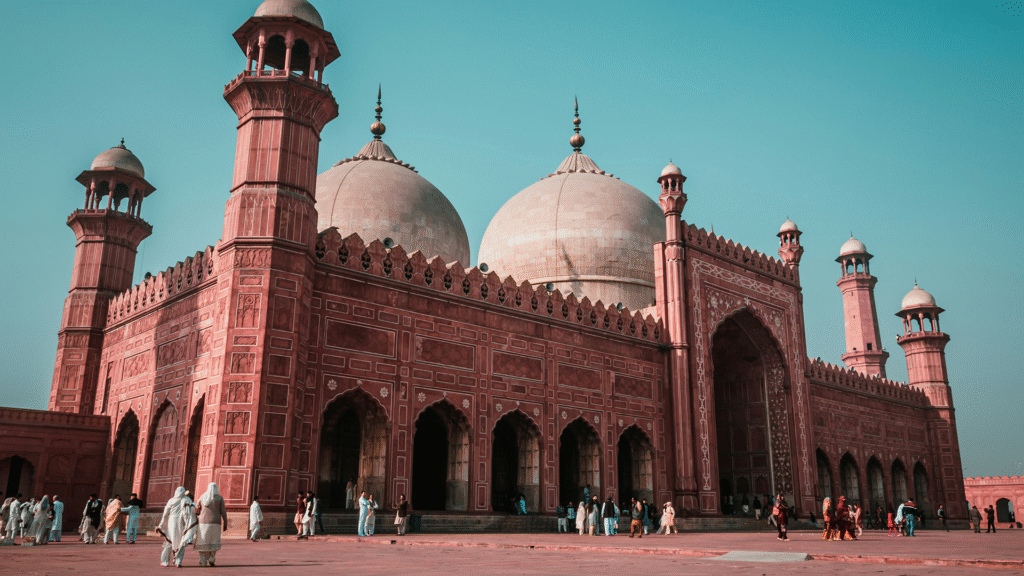
Few countries offer the sheer variety that Pakistan does:
- Cultural Wonders: Lahore Fort, Taxila’s Buddhist ruins, and the Mughal-era Badshahi Mosque.
- Natural Beauty: Hunza Valley, Fairy Meadows, and the Thar Desert.
- Adventure: K2 Base Camp treks, white-water rafting, skiing in Malam Jabba.
- Hospitality: Pakistan is renowned for welcoming guests like family, especially in rural and mountain communities.
Tourism infrastructure continues to improve in 2026, with upgraded airports, smoother visa processes, and expanding hotel options in both major cities and remote valleys.
Entry Requirements & Visa Process
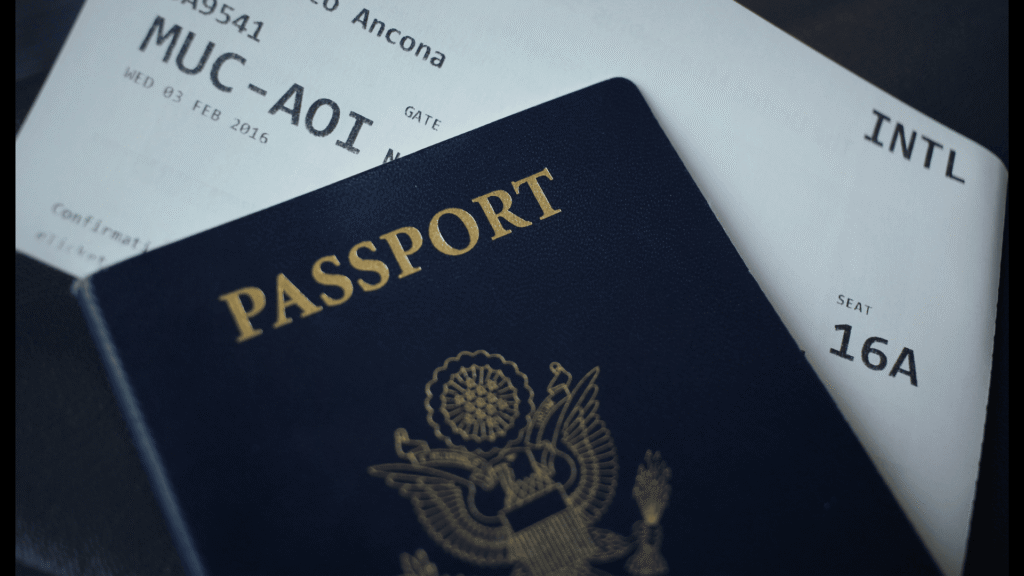
Good news for travelers—Pakistan has streamlined its e-visa process, making it easier than ever to apply online before arrival. Citizens from more than 175 countries are now eligible. In many cases, visas are processed in just a few days. Always double-check the official government portal to confirm the latest requirements before booking flights.
- E-Visa System: Pakistan’s online visa system makes applying simple. Most nationalities can apply online and receive approval within a few weeks.
- Passport Validity: Minimum 6 months validity required beyond your travel dates.
- Permits: Restricted border regions (e.g., Gilgit-Baltistan near China and India) require additional clearances. Tour agencies usually arrange these.
Health & Safety in 2026
Pakistan has worked hard in recent years to improve safety for tourists, especially in popular destinations like Hunza, Skardu, Islamabad, and Lahore. While the overall situation is much better than a decade ago, it’s still smart to stay updated on travel advisories from your government. When traveling off the beaten path, consider hiring licensed local guides—they not only add cultural insight but also provide an extra layer of safety.
Travel insurance is a must, especially if you’re planning mountain trips or adventure sports. While major cities have good medical facilities, rural areas are limited. Pack any necessary medications and consider routine vaccinations before arrival. ATMs are widely available in cities, but it’s wise to carry some cash when heading into remote regions.
- Vaccinations: Recommended vaccines include hepatitis A, typhoid, and tetanus. COVID-19 requirements have largely been dropped, but carry proof if needed.
- Healthcare Access: Major cities have good hospitals; rural areas may lack facilities. Carry a personal medical kit.
- Insurance: Comprehensive insurance covering medical emergencies is strongly advised. For trekkers, make sure it covers high-altitude rescue.
- General Safety: Tourist regions in Punjab, Sindh, and Gilgit-Baltistan are considered safe. Standard travel precautions, avoiding isolated areas at night, using licensed taxis—apply.
Cultural Etiquette & Local Customs
Hospitality is at the heart of Pakistani culture—you’ll often be offered tea, meals, or even a place to stay by locals. That said, modest clothing is recommended, especially for women, to respect cultural norms. Learning a few basic Urdu phrases like “Shukriya” (Thank you) and “Assalam-o-Alaikum” (Hello/Peace be upon you) can go a long way in creating warm interactions.
Traveling in Pakistan is rewarding when you embrace local culture:
- Dress Code: Modest clothing is appreciated, especially for women. In cities, jeans and a long top are fine, while in rural areas, a scarf or shawl is helpful.
- Hospitality: Accept tea or meals if offered—it’s a cultural gesture.
- Photography: Ask permission before taking photos of people, especially women and in conservative regions.
- Religion: Be respectful around mosques and prayer times. During Ramadan, avoid eating in public during the day.
Money & Connectivity
- Currency: The Pakistani Rupee (PKR). Always carry small bills for bazaars and rural shops.
- ATMs: Widely available in cities but may not function in remote areas.
- Cards & Payments: Credit cards work in hotels and larger businesses but not in local shops or small towns.
- Internet Access: Zong and Jazz SIMs cover most cities, while SCOM works best in Gilgit-Baltistan. Expect limited or no signal in remote valleys.
Best Time to Visit Pakistan in 2026
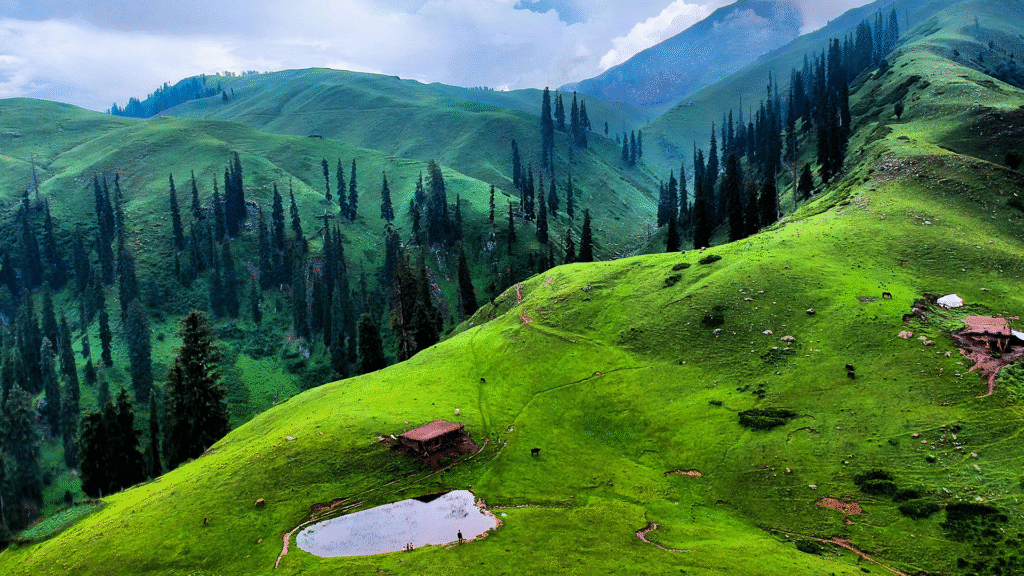
- Spring (March–May): Perfect for city tours, cultural heritage trips, and northern valleys as flowers bloom.
- Summer (June–August): Ideal for mountain treks, though cities can be very hot. Escape to Hunza, Swat, or Skardu.
- Autumn (September–October): Stunning fall colors in Gilgit-Baltistan and comfortable weather in Punjab and Sindh.
- Winter (November–February): Great for skiing, desert safaris, and city sightseeing.
Transportation & Access
Domestic travel has become smoother thanks to improved highways, new flight routes, and upgraded airports. The Karakoram Highway, which links Islamabad to Gilgit-Baltistan, is now safer and faster than before. Ride-hailing apps are available in major cities, making urban transport more convenient for international visitors.
- International Flights: Direct flights from Istanbul, Dubai, Doha, and Kuala Lumpur make Islamabad and Lahore key entry points.
- Domestic Flights: Skardu and Gilgit flights are more frequent in 2026, though weather delays still occur.
- Road Travel: The Karakoram Highway offers breathtaking journeys but remains prone to landslides. Intercity buses and private cars are reliable alternatives.
- Local Transport: Ride-hailing apps (Careem, InDrive) are widely used in cities. Jeeps and local vans connect rural areas.
Top Tourist Experiences in Pakistan
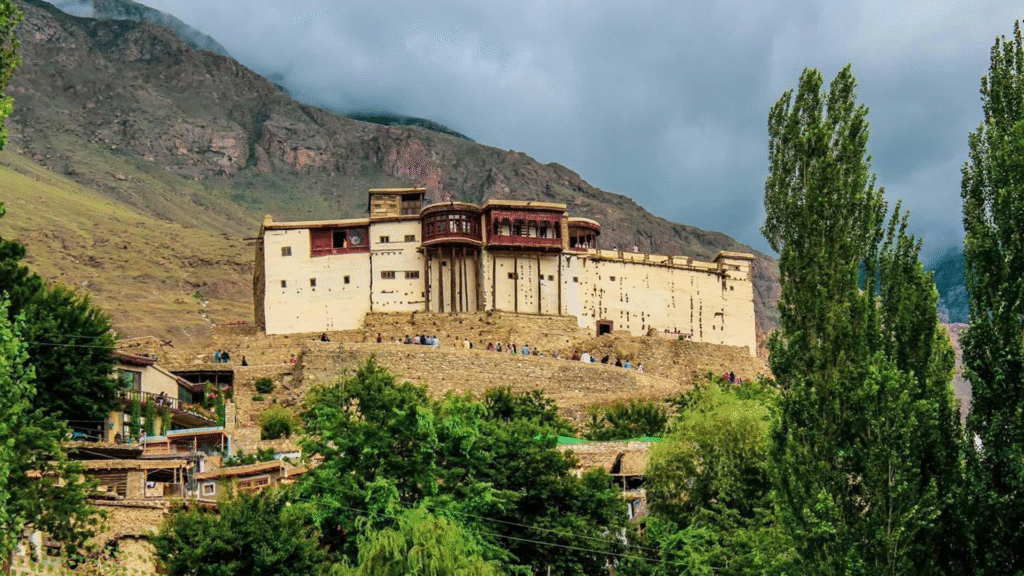
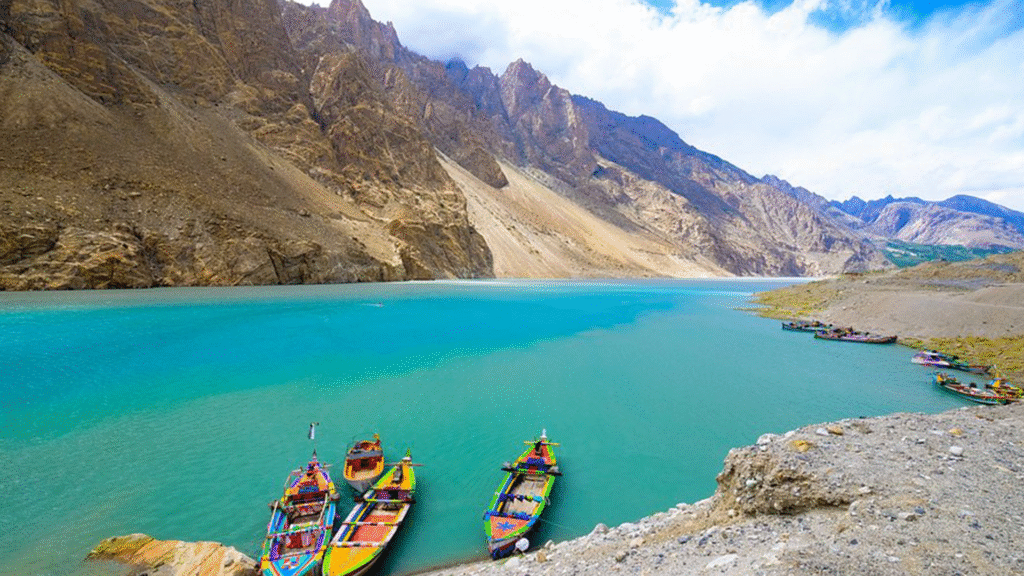
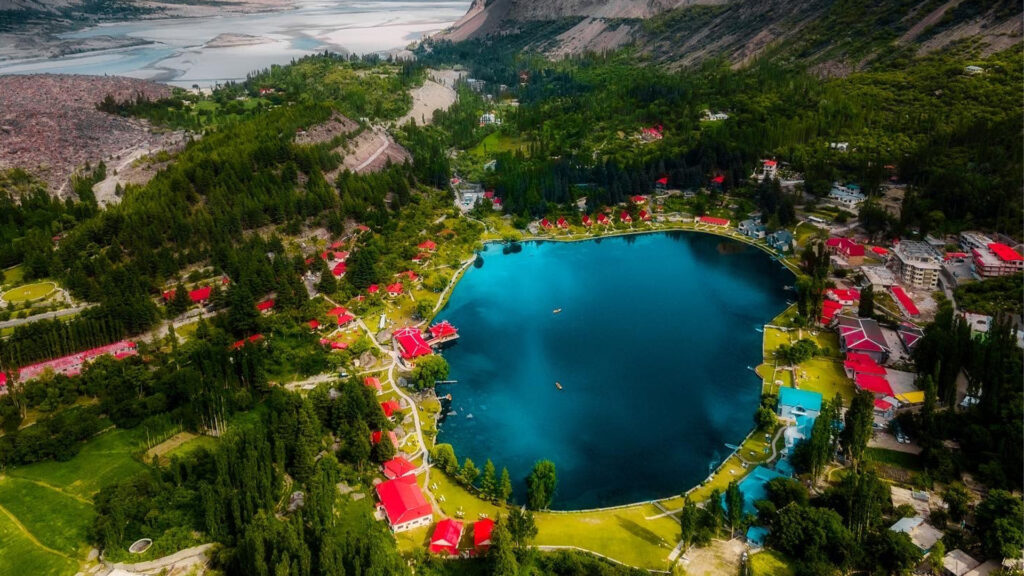
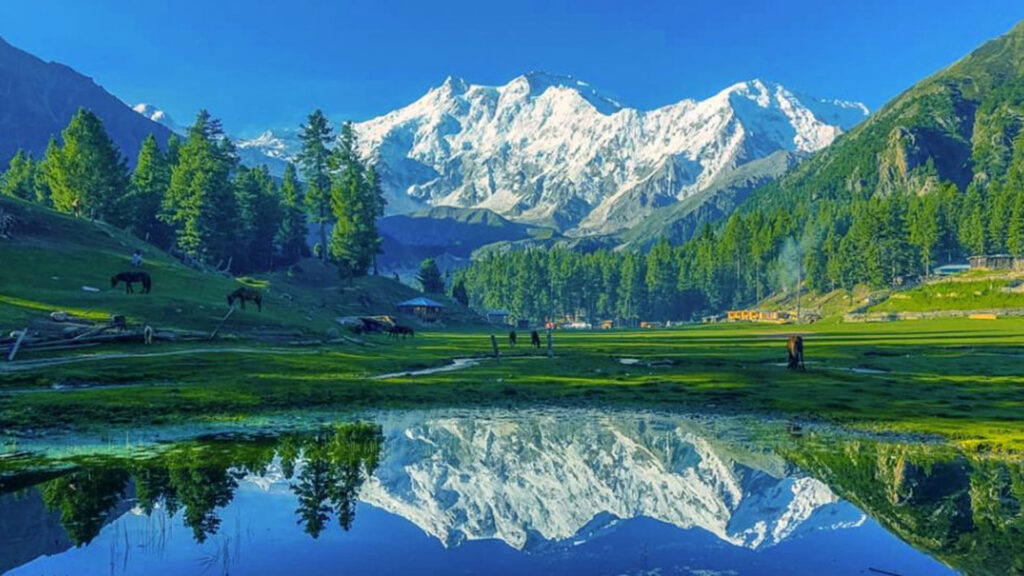
- Historic Lahore – The cultural capital with Mughal architecture, Sufi shrines, and street food.
- Hunza Valley – Famous for its glaciers, forts, and welcoming communities.
- Karachi – A bustling metropolis with beaches, colonial history, and diverse food.
- Fairy Meadows & Nanga Parbat – A stunning trek accessible even to beginner hikers.
- Skardu & Baltistan – Gateway to K2 and countless mountain adventures.
- Mohenjo-Daro & Taxila – Ancient archaeological wonders.
- Malam Jabba – Skiing and snow sports hub in winter.
Packing Essentials
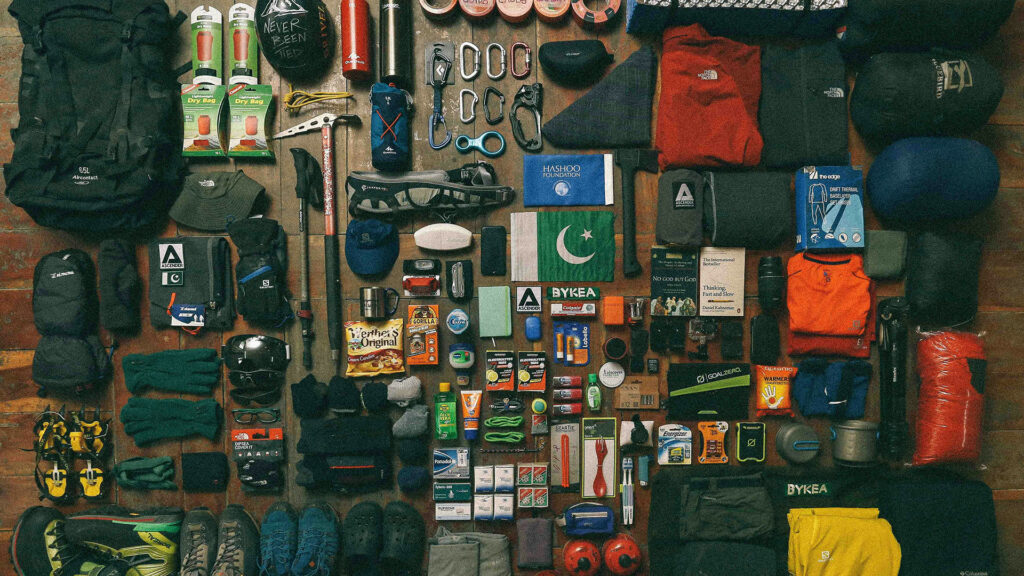
- For Cities: Light, breathable clothes, modest attire, comfortable shoes.
- For Mountains: Warm layers, trekking boots, sleeping bag, and rain gear.
- Electronics: Universal adapter, power bank, solar charger for remote trips.
- Documents: Printed visa, passport copies, travel insurance proof.
Safety & Practical Tips for 2026
- Stick to reputable tour operators for treks and cultural tours.
- Register travel plans with your embassy if staying long-term.
- Learn a few words of Urdu—locals appreciate the effort.
- Carry snacks and bottled/filtered water during long journeys.
- Stay flexible: weather, road conditions, and flight schedules can shift quickly.
FAQs
Is Pakistan safe for tourists in 2026?
Yes. Tourist regions are safe, though like anywhere, exercise standard precautions.
Do I need a visa to visit Pakistan?
Yes, most travelers do. The e-visa system simplifies the process.
What currency is used in Pakistan?
The Pakistani Rupee (PKR). Carry cash, as cards aren’t widely accepted in rural areas.
Which is the best city to start my trip?
Islamabad for treks, Lahore for culture, and Karachi for urban life and beaches.
Can I travel as a solo female tourist?
Yes, with precautions. Stick to tourist-friendly regions and dress modestly.
Do I need travel insurance?
Absolutely. Ensure it covers medical emergencies and, if trekking, altitude and evacuation.
What are the top tourist attractions in Pakistan?
Lahore Fort, Hunza Valley, Mohenjo-Daro, Fairy Meadows, and the Karakoram Highway.
When is the best time to visit?
Spring and autumn are best for general tourism. Summer suits trekkers, while winter is great for skiing and desert travel.
How is transportation between cities?
Flights are fastest, highways are scenic, and buses/private cars are widely used.
Can I use the internet easily?
Yes, in cities. In remote areas, connectivity is limited—especially in mountains.


